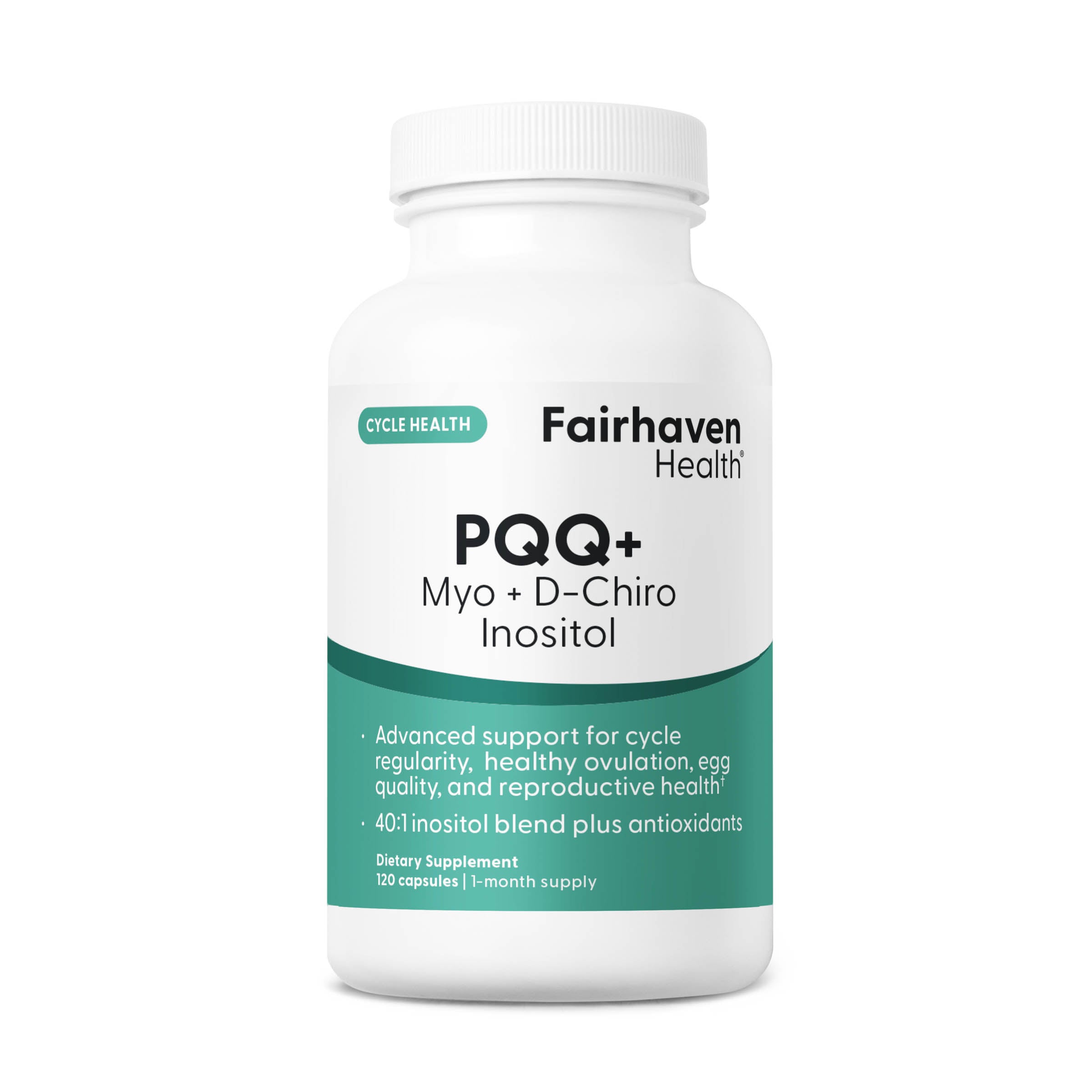Is Clomid the Right Fertility Medication for Me? Clomid, Infertility and Ovulation Induction
Clomid (clomiphene, clomiphene citrate) is among the most well-know and frequently prescribed of all fertility drugs. Clomid is taken orally and is considered a "first line" prescription fertility drug for dealing with infertility issues. Clomid is so widely prescribed that you may even find a "Clomid Club" on many preconception forums and communities. Clomid is used predominately for inducing ovulation in women with ovulatory disorders like anovulation, PCOS, and other infertility symptoms.
Clomid works by impacting hormonal production, by influencing the "fertility hormones" (estrogen, FSH, and LH) that precipitate ovulation. Like many prescription medications, Clomid works by "tricking the brain" into believing that estrogen levels in the body are low. This in turn encourages the brain to send signals to release more Gonadotropin Releasing Hormone (GnRH), which causes the pituitary gland to produce more FSH (follicle stimulating hormone) and LH (luteinizing hormone). LH is the hormone that facilitates ovulation (the release of the egg), and it's also the hormone used as the marker in urine ovulation testing.
Sounds complicated? In effect, clomid precipitates, through these various hormonal mechanisms, increased production of LH and FSH, which in turn foster a mature ovarian follicle and the release of the ovum. This is called ovulation induction. In more clinical terms, Dr. G. Berger notes: "Structurally like estrogen, clomiphene binds to the sites in the brain where estrogen normally attaches, called estrogen receptors. Once these receptor sites are filled up with clomiphene, they can't bind with natural estrogen circulating in the blood and they are fooled into thinking that the amount of estrogen in the blood is too low. In response, the hypothalamus releases more GnRH, causing the pituitary to pump out more FSH, which then causes a follicle to grow to produce more estrogen and start maturing an egg to prepare for ovulation".
Clomid is taken orally for about five days near the beginning of the cycle. Dosage and "start dates" will be indicated by the prescribing doctor. Once ovulation commences, most pregnancies occur in the first 6 cycles of treatment. While clomid has a high rate of success in inducing ovulation, it cannot guarantee pregnancy. Note: if you test too early for ovulation in your cycle with a urine ovulation test (lh), you may receive a false positive on an ovulation test when using clomid.
Fertility Supplements and Clomid
Currently, there are a number of herbal-nutritional supplements on the market containing vitex (chasteberry, vitex agnus castus). These products may be viewed as an herbal infertility therapy, and products like FertilAid and FertilityBlend are based on impressive clinical studies indicating that fertility can be improved with fertility supplementation. However, both of these manufacturers indicate that clomid should not be used in conjunction with vitex (or herbal infertility products in general). Fertility supplements like Fertility Blend and FertilAid are non-prescription. While on clomid, women are still encouraged to take a prenatal supplement with folic acid.
Well-known side effects of clomid include - you guessed it - multiple births (aka twins, triplets...). For women using clomid, twins may occur in 5% of births. Triplets are much less frequent. Although there has been some discussion linking prescription infertility treatments like clomid to ovarian cancer, evidence seems to point now to other causes, even infertility itself as a cause of some cancers. There is no evidence that clomid causes an increase in congenital abnormalities or birth defects in children.
Clomiphene and Clomid Abuse
While clomid cannot be "abused" in any traditional sense, it can be prescribed (or rather over-prescribed) for infertility issues before a fertility workup has been performed, or before there is even any sign of ovulatory disorder, anovulation, luteal phase defect (LPD), PCOS, etc. Proper screening is essential prior to prescription. Given that male fertility issues constitute nearly 30% of infertility cases, a thorough evaluation and/or fertility workup should be performed on the woman to verify that ovulation induction via clomid is indeed required. For women without ovulatory/ovulation issues or infertility symptoms, clomid use may actually interfere with conception. Before accepting a clomid prescription, ensure that your doctor has performed the requisite infertility workup and/or has correctly identified a fertility issue or ovulatory disorder.
Women with liver disease should not use clomid. Clomid should not be given to patients with ovarian cysts, since they may grow larger. It should not be taken by a patient who may be pregnant, although there is no proof of fetal problems or complications.







